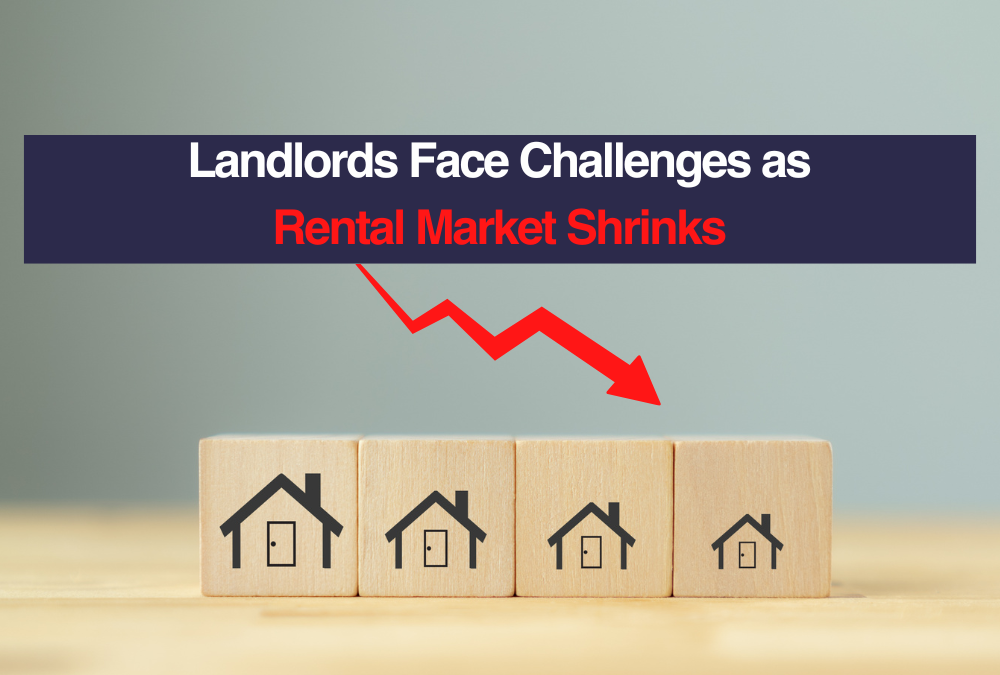Furnished or unfurnished? If you are a landlord and weighing up the pros and cons of this tricky question, then check our advice below. We will answer your questions and, hopefully, help you to make an informed decision and get the most out of your investment.
What is the Difference between Unfurnished, Fully Furnished and Part Furnished?
Before you go thinking about what would work well for you as a landlord it’s worth considering what each term means. Although there is no legal definition for each category, our experience gives us an insight into what tenants expect and what a landlord needs to provide for each option.
<
Unfurnished
Unfurnished does not mean a completely bare property and you will need to include some basic household items. This will usually include kitchen fixtures such as a cooker, fridge/freezer and washing machine as well as bathroom fixtures, carpets or other flooring types and curtains or blinds. Although the property is far from empty, it won’t be classed as furnished.
Furnished
Generally, a furnished property will come with essential electrical appliances and white goods, plus basic furniture in every room. It may also include kitchen utensils and equipment such as kettle and microwave. In short, a home from home experience that means a tenant can move in straight away.
Partly Furnished
A partly furnished property is a small step up from unfurnished. It will include all the white goods in that category and have a few additional items of furniture in some of the rooms. As long as you’re striking the balance between including furniture that your tenant needs and allowing them to bring their own items, your property is falling into the part-furnished category.
What Type of Tenant Does Your Property Attract?
Making the decision to furnish or not to furnish can largely be dependent on the type of tenant you are aiming to attract.
Students
If your property is close to a university and you want to appeal to students, fully furnishing is considered essential. In terms of quality, it’s more about practicality rather than the aesthetics, so go for reasonably priced, functional, hard-wearing furniture. It’s also worth considering that students will expect to have a desk in their bedroom.
Families
Families are more likely to want unfurnished or only part-furnished properties. In the main, families have their own furniture and are likely to want to move it into their new home. Our advice is to delay buying any yourself while initially marketing the property so that you can be flexible.
Professional sharers & couples
These are the most common tenant groups and are equally split in terms of their furniture requirements. Our best advice is to put yourself in a position of flexibility. Start with no furnishings or only basic furnishing as white goods can always be added to should your new tenant require it.
It is worth bearing in mind that a large proportion of tenants will be willing to provide their own bedding, cutlery, crockery, etc., so spending money on these kinds of smaller items can be an unnecessary waste of time and money, unless you are specialising in shorter term corporate lets.
If you are aiming at employed sharers or couples, it is worth spending a bit more money than you would for a student let. Buy attractive, modern and hard-wearing furniture to enhance the presentation of the property. There are a lot of companies that specialise in furniture packages for rental properties, or you can simply order from a standard high street store or website. At Horizon Lets we are always happy to advise and assist with furnishing a property.
Advantages of Letting Unfurnished
Longer Tenancies
You are more likely to attract tenants who want to make a home and stay for a while. Generally, they will have accumulated their own furniture and would prefer to use it than pay for storage. The whole moving process is also more involved, costly and time consuming for them, so they won’t want to keep doing it!
Lower Maintenance Occupants
As you’re more likely to attract people who already have their own furniture you are, essentially, giving them the freedom to set out the property as they see fit. You are not going to get requests for replacement furniture from them.
Less Concern About Wear and Tear
With none of your own furniture in the property, you won’t have to keep track of furniture that might need updating or swapping out before the next lot of tenants move in.
No Responsibility for Breakages
The responsibility for replacements and breakages lies with the tenant. Also, although you should still consider landlord insurance and other types of landlord cover, you won’t be responsible for insuring your tenants’ furniture and belongings.
Disadvantages of Letting Unfurnished
Lower Rent
You are less likely to achieve the levels of rent that you’d get if you were letting a furnished property.
Different Target Audience of Potential Tenants
By not offering furniture, you’re making your property less attractive to some potential occupants, such as students and young people who may not yet have had the opportunity to buy their own furniture or professional renters who may move regularly for their careers. Again, our best advice when renting out is to be flexible about furnishings and be able to add extra if required.
Advantages of Letting Furnished
You Can Charge Higher Rent
As you are providing a property filled with everything your tenants could need, you can ask for more rent than you would if it were unfurnished. This can be especially important if you’re using the rental money to cover the cost of the mortgage.
With a lack of quality, furnished properties on the rental market, tenants searching for a ready-made home are prepared to pay more for the convenience. Good quality, modern furnishings, that make your property look welcoming, will attract tenants and help your property stand out.
Attract a Different Demographic
You are probably targeting your property to a different rental market if it’s furnished. From students and young professionals who may have little or no furniture, to those on placements who may want an easy and quick property to let for a short time such as junior doctors and city professionals. These potential occupants are more likely to snap up your property as you’ve made it easy for them to move straight into.
Disadvantages of Letting Furnished
Higher Turnover of Tenants
While furnished properties are likely to attract tenants, the lack of their own personal possessions makes it easier for them to move on. This could mean it’s more probable that you’ll see a higher turnover of tenants.
This can, however, also be an advantage. Tenants in furnished properties can move out easily, so you can get your rental property back on the market quickly
The Cost of Furnishing a Property
If you opt for a furnished property, you’ll need to cover the cost of the furniture you add, which can be expensive.
If you decide to buy low-cost or budget items to begin with, there is a higher possibility that you’ll have to pay out for new items when your tenants move out, too. However, it makes sense to avoid paying out for premium furniture where possible as this could prove costly too.
Looking Out for Wear and Tear
You’ll have to keep on top of replacing and updating furniture that’s looking worn or a bit tired. If you’ve had a few tenants in the space of a couple of years, you may find that the sofa is becoming threadbare or the dining table is looking worn, so it’s time to replace these items – and this can be expensive (although likely tax deductible, so don’t forget to save your receipts).
Responsibility For Replacing Furniture
If items are broken, you will need to fix them or replace them. Your Landlord Insurance may cover the cost, depending on circumstances or you could recommend to your tenants to cover themselves against accidental damage with Tenants Liability Insurance, but you can’t insist upon this. You may invariably end up footing the bill for damaged furniture or end up becoming involved in a deposit dispute which you may or may not win. Either way it could cost you more.
Providing Furniture
For a landlord, providing the appropriate type of furniture, at the right price, is important. Try to be objective: work out what your property needs, think about the location and target tenants, and base your budget on that. Although you will want to offer comfortable and attractive accommodation, remember rental properties are a business venture, so you should always be looking to furnish according to purpose and location. Do your homework and understand the potential before you splash the cash.
Remember to consult the Furniture and Furnishings (Fire) (Safety) Regulations 1988 before agreeing to furnish your property to ensure you stay the right side of the law.
Additionally, if you are providing small electrical appliances like kettles, they will need to comply with PAT Testing regulations.
There are a few options to make it a hassle-free experience. Furniture packages can save you time and money, with a choice of stylish but inexpensive packages to choose from. A one-stop supplier of furniture packages for rental properties enables landlords to buy furniture for all types of accommodation and furnish every room at once. If this sounds like an option for you, we at Horizon Lets can organise it and save you the headache.
If you want more help and advice as to the best furnishing option for your rental property, contact us today
Related Articles
- Should I Let My Tenant Decorate?
- The Importance Of Building A Good Relationship With Your Tenants
- What Landlords Should Know About ‘White Goods’
- Starting your Property Portfolio
- Landlord’s Guide to Letting Property








